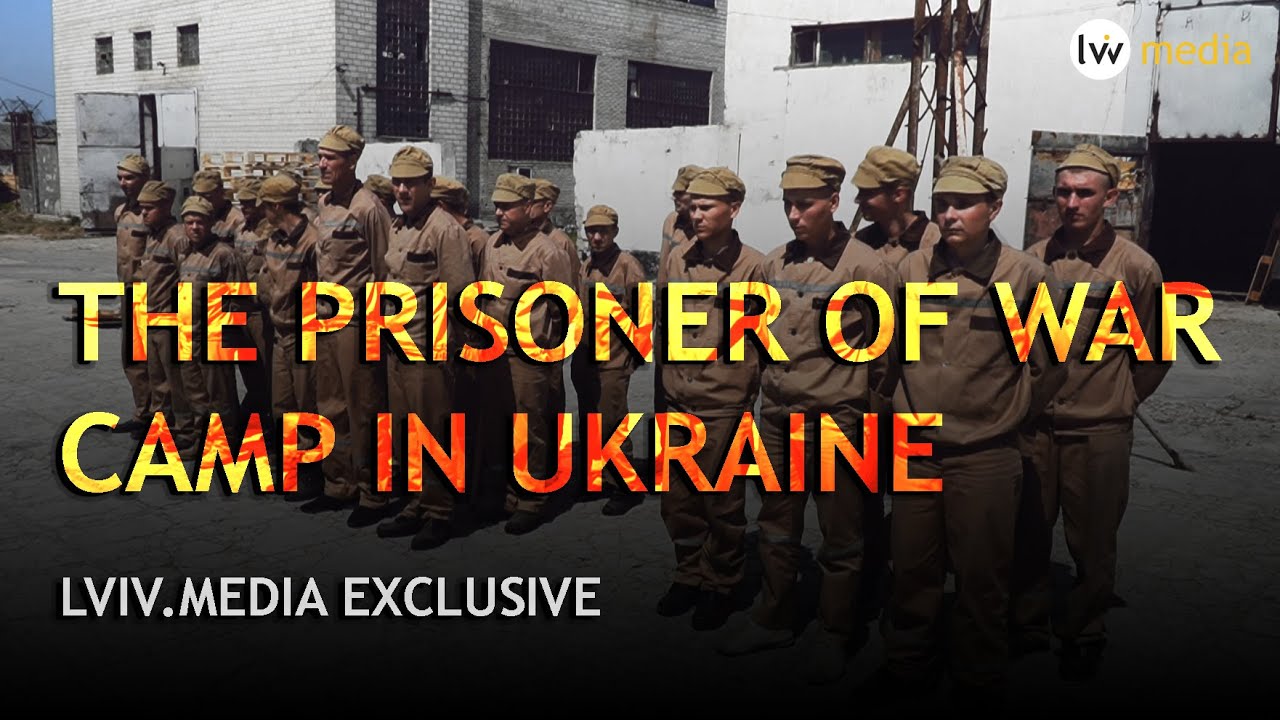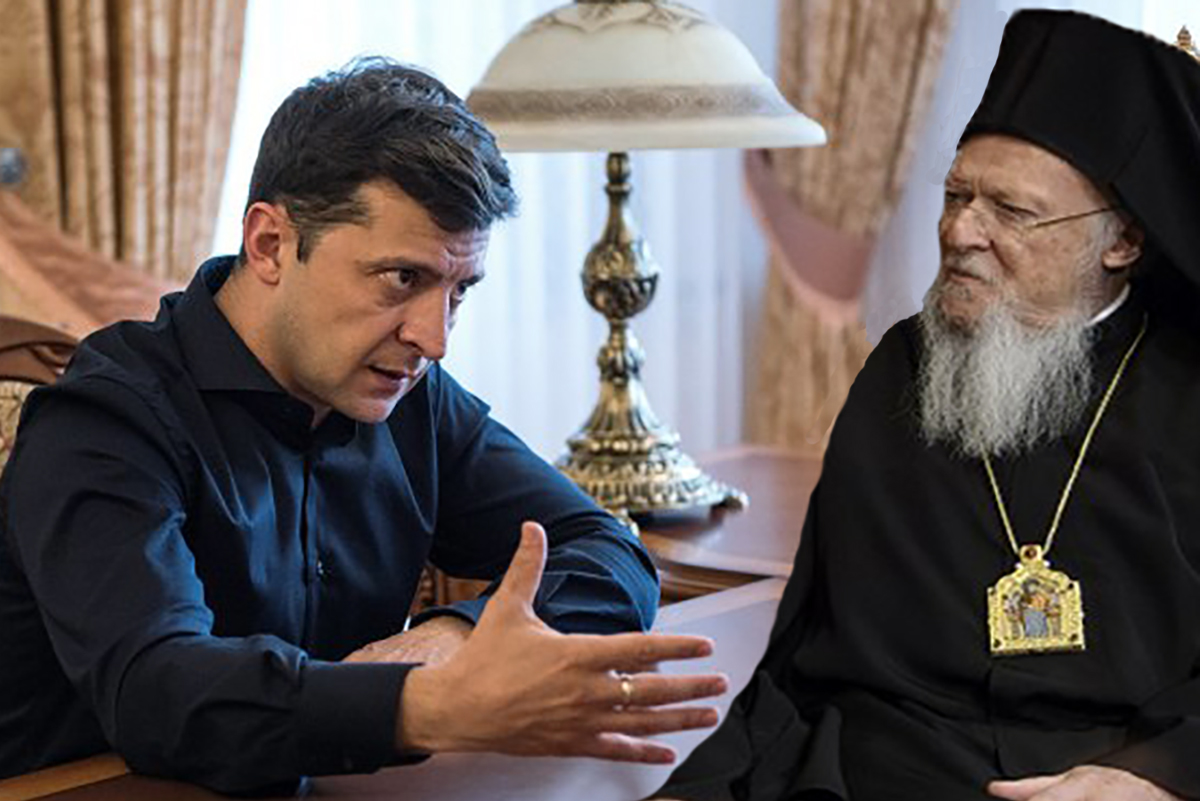What prisoners do, eat and read in the only one camp for prisoners of war in Ukraine. This report is the beginning of a series of interviews with those who voluntarily joined the illegal armed formations of the so-called “LNR”
Category: Eastern Europe
-
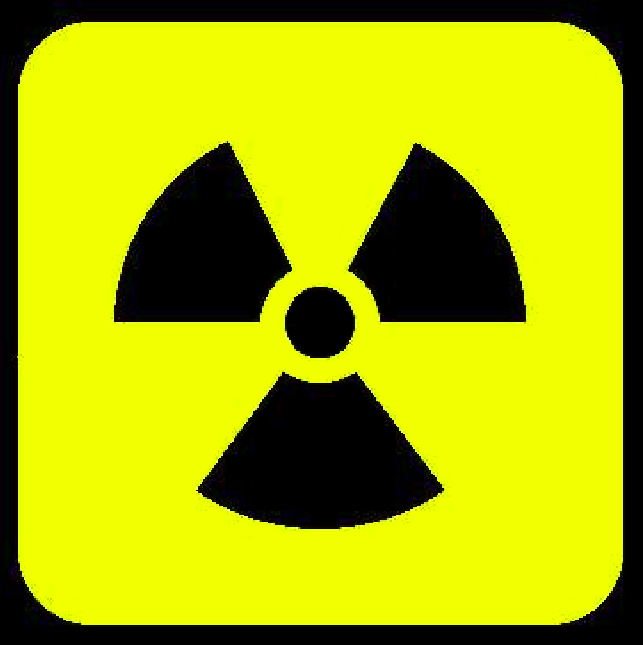
Ukraine’s Nuclear Fuel Storage Facility: a well-calculated project or an unwarranted risk?
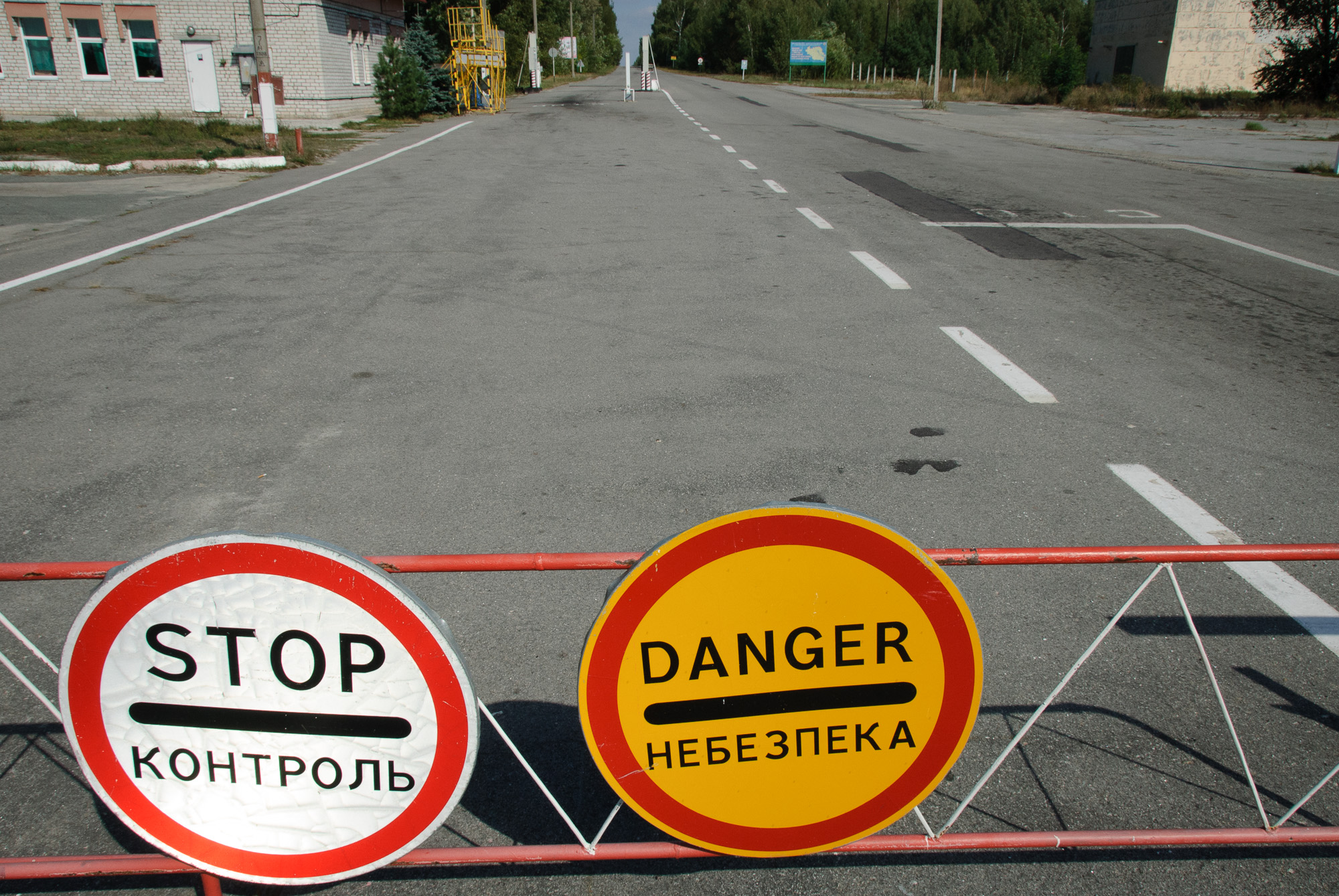
Photo credit: Bellona Concerns have been raising among environmentalists and nuclear power engineers as Ukraine continues the loading of used fuel into the into the containerized dry storage systems of the new Chernobyl Interim Spent Nuclear Fuel Storage Facility (ISF-2).
Designed by Holtec International, the project poses dangerous risks to the global environment, and here is why.
According to the official website of Holtec International and John Heaton’s presentation at the “ELEA – Holtec International” Congress, the U.S. company claims to have some competences and expertise in storing the nuclear energy waste. Among them are: technologies for the construction of dry storage facilities of the CISF type for the temporary storage of containers with spent nuclear fuel and radioactive wastes; the reliability of the storage facilities that is ensured by a dry climate system, which prevents corrosion of structural materials and excludes the ingress of water into the waste tanks. Finally, the company already has its own functioning storage.
However, the Holtec International has no expertise in building large, capacious storage facilities for long-term (more than 50 years) storage of spent nuclear fuel in a humid and cold climate, with a pronounced change of seasons.
For 6 years of work on the territory of Ukraine, “Holtec International” has so far the only one achievement concerning the loading of the two double-walled tanks with spent nuclear fuel from the RBMK reactor in the Interim Storage Facility (ISF-2) at the Chernobyl NPP site. It is shown that containers with nuclear waste are placed in the ISF-2 building that is already under operation, and not in a dry storage facility of the CISF type. In addition, the arrangement of tanks in the ISF-2 storage facility is horizontal, not vertical (i.e., it does not correspond to the American technology of storage of tanks), and it is not known what risks and consequences this may lead to. For this reason, the launch of ISF-2 by “Holtec International” specialists was delayed, since it was not known in advance whether it would be possible to safely place the canister in the storage facility.
According to the study by Ukrainian experts, Ukraine’s 15 reactors – all of which were built while the country was still a republic of the Soviet Union – supply more than half of the domestic electricity supply. This means that reactors built during the Soviet era in Ukraine has more trust among nuclear power engineers rather than an ambitious U.S. project.
Ukrainian President Volodimir Zelensky, during the negotiations over the project last year, said Ukraine would embrace nuclear power as a national priority.
“In the coming years, many countries will work against nuclear power generation,” he said. “We, on the other hand, will defend it. We must do this because today we have every opportunity to be among the first [in nuclear energy], both in Europe and in the world.”
But at the same time the Ukrainian government is creating an extremely dangerous situation for the global environment and its border neighbors.
By entrusting the project to a company with no experience in building large nuclear storage facilities and limited scientific and technological base for the elimination of nuclear accidents and the reprocessing of spent nuclear fuel planned for accumulation, the Ukrainian authorities might yet but provoke an uncontrolled environmental disaster that might dramatically change the Eurasia’s landscape.
-
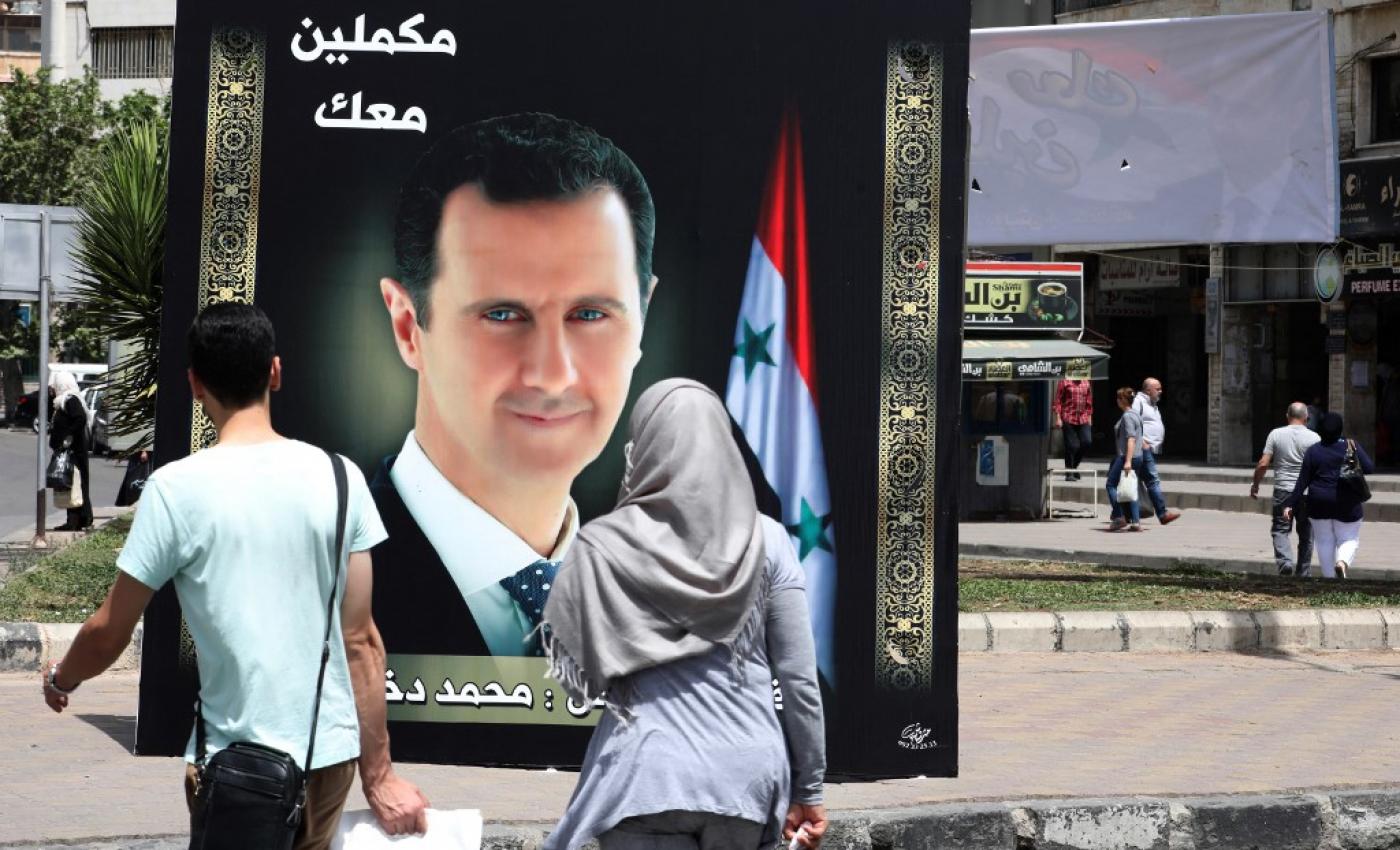
Assad has won 4th term, what’s next?

People walk by an image of Syrian President Bashar al-Assad in Damascus on 10 May 2021 (AFP) Syrian President Bashar al-Assad was re-elected for the 4th term in office with 95.1% of the votes. According to Assad’s government, the election results proved Syria is functioning normally.
This will extend his rule over a country despite harsh criticism from the United States, Germany, Italy, France and Turkey as well as Assad’s opponents in the country said the vote was illegitimate.
Despite their condemnation of his brutal and authoritative regime during the decade-long Syrian civil war, imposing economic sanctions and militarily backing his opponents, the Syrian leader was able to remain in power and save the country from the territorial divide. Like a true captain of the wrecked ship, Bashar Al-Assad did not leave the war-torn country and, what’s important, did not let it collapse despite West’s multiple efforts to intervene.
With Russia’s support, Assad arranged constant humanitarian help flows to the country and save the sovereignty of secular state despite endless clashes and civil war in the country. Moreover, Assad assured his supporters get access to education and healthcare while his government provided jobs to workers.
Prior to the elections, the White House have warned Syrian President that it would not recognize the result of upcoming presidential election unless the voting is free, fair, and supervised by the United Nations while Biden administration said it had no plans to restart the dialogue “any time soon” claiming the Assad government failed to restore legitimacy in the country. With no doubts such open statements mean the West will continue its pressure to the Assad’s regime and will try to remove him from his post demonstrating a double standard “legitimacy” at its best.
-
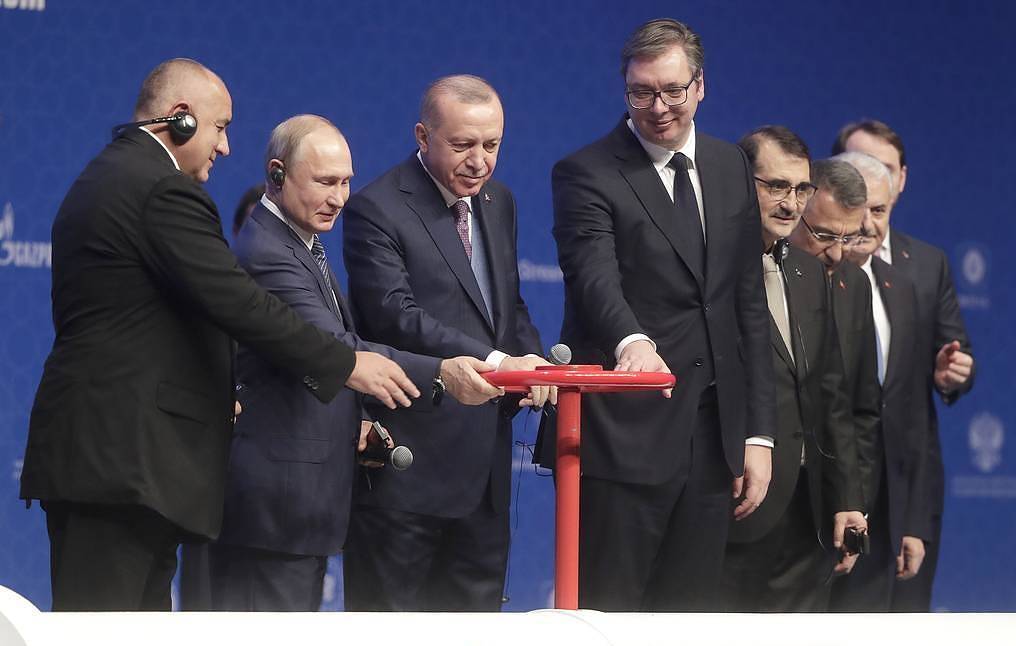
Could the SPIEF boost the TurkStream flows?

Putin and Erdogan open TurkStream gas pipeline The Saint Petersburg Economic Forum to be held in Russia on June 2-5 is the first post pandemic global event that is focused to gather international delegations from the U.S., Germany, Italy, China, South Asia and the Middle East.
With the Forum’s main focus on energy and sustainable development, Russia aims to boost international trade ties and attract investments to its economy. And Turkey could be among most prospective partners for Russia following the SPIEF ambitions. Today Ankara’s major interest is to provide permanent gas flows through the Turkish Stream. On the other side, Turkey, a NATO’s member, has been manipulated by the United States for years following Washington’ efforts to sign a deal with Ankara on U.S. natural compress gas (GNC).
However, the recent tensions between Biden and Erdogan on Ankara’s recognition of the atrocities committed against the Armenian people in 1915 as genocide as well as the recent criticism of Erdogan towards the U.S. on the Gaza-Israeli conflict have been a sore spot between the countries placing their further economic and political cooperation in question.
This explains why Turkey has been seeking a closer cooperation with Russia, Iran, Azerbaijan and Turkmenistan to support the Turkish Stream supplies. The pipeline, which transits the Black Sea, took five years to complete and is one of two major new natural-gas export routes totaling nearly $20 billion. Russia on its parts also expects to go on line this year and the SPIEF is likely to become a platform for developing further economic cooperation and trade ties between Turkey and Russia.
-
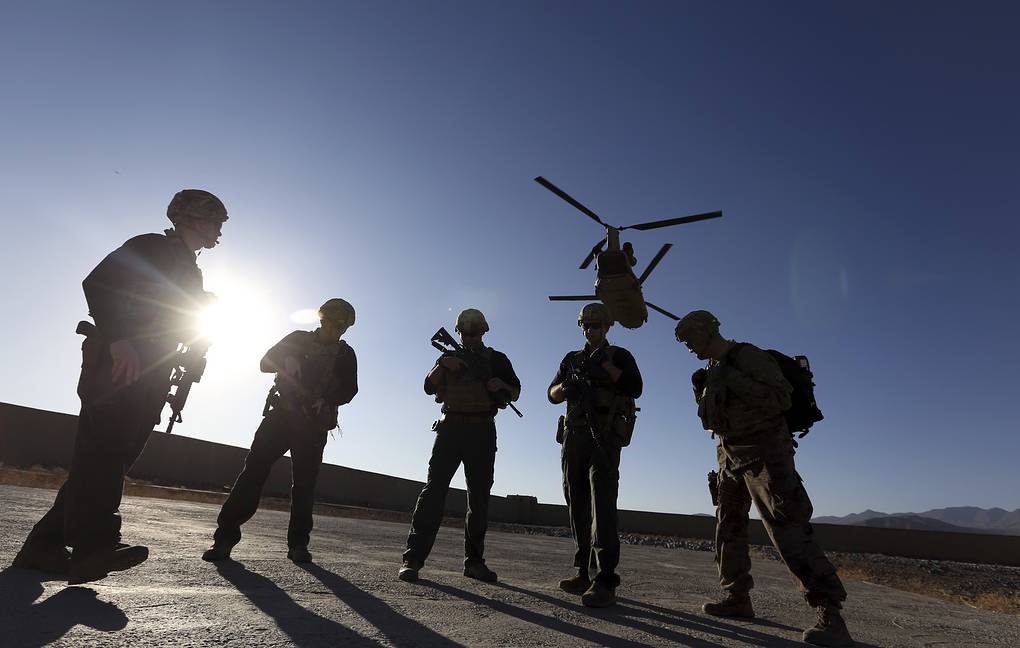
Taliban confirms it received no fundings from Russia

FILE – In this Nov. 30, 2017 file photo, American soldiers wait on the tarmac in Logar province, Afghanistan. The U.S. is pausing movement of troops into Afghanistan and quarantining 1,500 new arrivals to country due to virus. (AP Photo/Rahmat Gul, File) As the Western media continues to blame Russia’s policy in Afghanistan, a never-ending information war seems to take a new round aggravating the peace process in the country.
The leading U.S. media outlets claimed Russia was funding Taliban referring to the movement’s commanders. However, both the New York Times and Insider refused to name not only their sources but also American official spokesmen who reportedly said they had found out links between Taliban’s and Russia’s banking accounts. The outlets also claimed Russia’s financial support to Taliban was aimed at killing U.S. troops in Afghanistan, but no evidence and details have ever been provided.
The claims of the Western media seem even more baseless after the interview with Qatar-based Taliban’s official spokesperson Mohammad Sohail Shahin had been released.
Speaking to journalists covering the Russian policy in the Middle East, Shahin denied any funding from Russia. “This statement is proofless and has nothing to do with the truth. We believe such claims appear in the context of the internal political struggle in the United States and are organized by opponents of the Afghan peace process”, Mohammad Shahin said. “The main goal of these campaigns is to undermine the Afghan peace process”, he added.
In February, 2020, Washington signed a peace deal with Taliban confirming to withdraw American troops from Afghanistan. However, a year on, the agreement’s major clauses have not come to effect. Much due to internal confrontations between the U.S. establishment and the U.S. Conservative Party. With Biden Administration taking the power and its policy focused on international intervention, the process is likely to be delayed. Yet, procrastination of the peace process in Afghanistan may lead to irreversible and tragic consequences in an already war-torn country and cause a total halt of economic and industrial development.
Moreover, in a current situation of limited on-spot-covering due to the closed borders, independent and non-affiliated media are not able to provide an objective view of the peace process development in Afghanistan. And this is often turned into advantage by the Western mainstream media.

